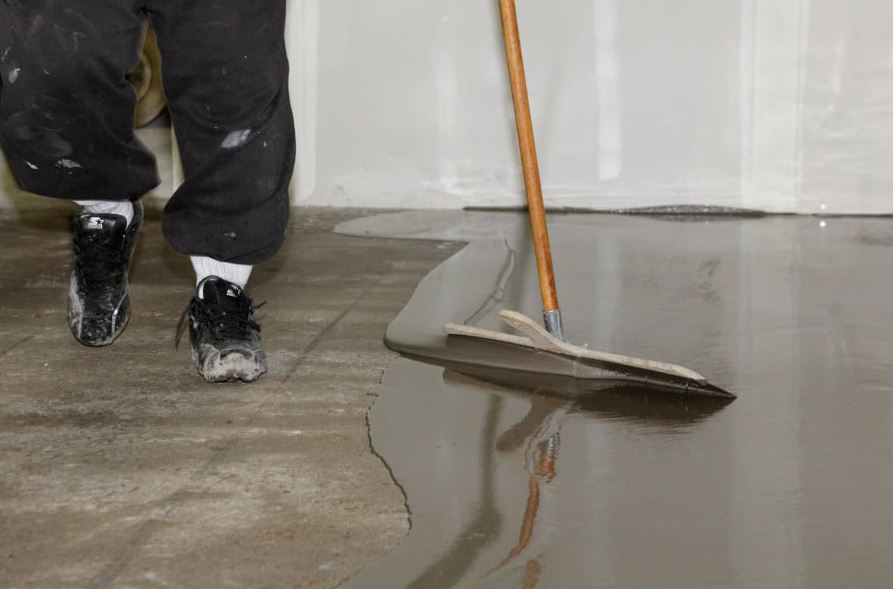Floor self-leveling is a great way to make your installation process go smoothly and be as professional as possible. Here are a few tips that will help you get started:
- Plan ahead – Make sure to account for all the necessary measurements before starting your installation. This will help avoid any potential delays or problems during the installation process.
- Schedule an appointment – Make sure to schedule an appointment with your flooring supplier so that there are no disruptions during the installation process.
- Use the right tools – Make sure to use the appropriate tools and equipment when installing floor self-leveling. This will ensure that the installation process goes as smoothly and quickly as possible.
- Follow safety guidelines – Always follow safety guidelines when installing floor self-leveling to avoid any injuries or accidents.
The Advantages of Floor Self-Leveling
Floor self-leveling technology is a great option for anyone who wants to enjoy worry-free shopping. It’s a system that uses sensors to detect the weight of the furniture and then adjusts the floor accordingly so that everything stays level and in place.
This makes it much easier to move furniture around, as well as reduces wear and tear on your floors. Plus, it eliminates the need for you to constantly adjust your thresholds or furniture levels. This is a valuable benefit for people who have busy lives and don’t have time to waste on things like this.
Another great benefit of floor self-leveling technology is that it can make your floors sturdier and more durable. This is because it takes into account the weight of the furniture as well as any additional pressure that might be applied by other objects in your room. As a result, your floor will stay firm even under heavy loads, which means you won’t have to worry about it buckling or collapsing any time soon.
The Disadvantages of Floor Self-Leveling
Floor self-leveling is a technology that allows floors to be lowered or raised automatically by using sensors and actuators. This makes it possible for people to move around the house without having to worry about getting their feet wet or stepping on cracks.
However, there are a few disadvantages that should be considered before investing in this technology.
First of all, floor self-leveling can be quite expensive. It usually costs more than traditional methods like ladders and stairs, and it may not be suitable for all types of floors. Additionally, it can take some time for the system to get adjusted to the new elevation, which can lead to accidents during this transition period.
Another disadvantage is that floor self-leveling systems don’t always work perfectly. Sometimes they fail to detect changes in height accurately, which can cause them to malfunction or even cause damage to buildings. And lastly, if the system becomes corrupted or damaged, it may not be possible to repair or replace it.
There are a few disadvantages to floor self-leveling systems, the most significant of which is that they can be very inaccurate. This means that you may end up with an uneven surface, which can be difficult and time-consuming to fix. Additionally, if your system becomes damaged or defective, it can be difficult to repair or replace.






More Stories
Designing a Safe Pool: The Perfect Balance of Shape, Depth, and Safety
How to Evict Squirrels from Your Home: Step-by-Step Solutions
Expert-Recommended Custom Fabric Window Treatments for Any Budget